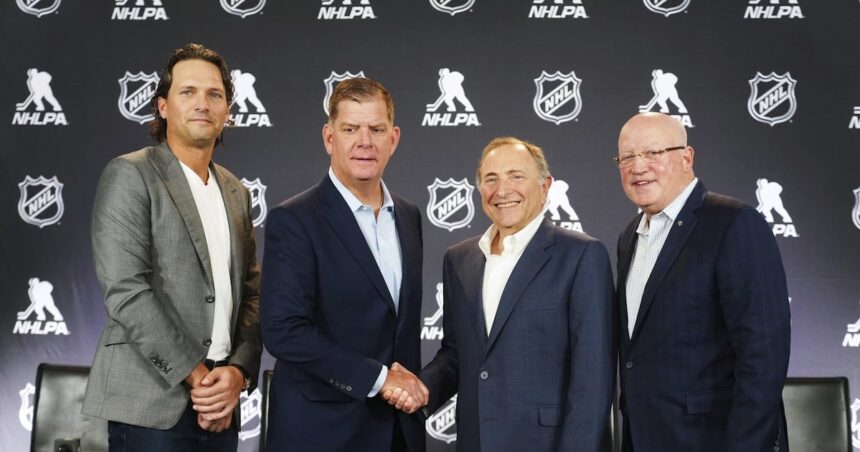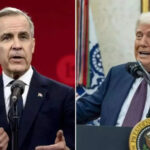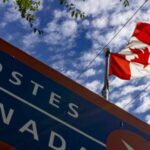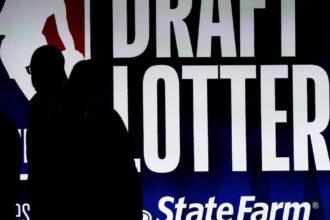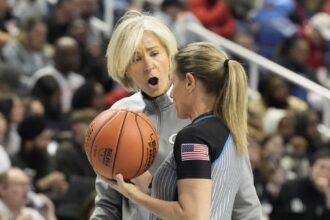In a rare moment of harmonious agreement within professional sports, the NHL and its Players’ Association have ratified a collective bargaining agreement extension that will maintain labor peace through 2030. The deal, announced yesterday at NHL headquarters, represents something increasingly precious in professional sports: stability in an era of escalating tensions between players and ownership across major leagues.
As someone who has covered sports labor relations for over a decade, I can’t overstate the significance of this development. The NHL—a league that lost an entire season to a lockout in 2004-05 and suffered shortened campaigns in 2012-13—has seemingly learned from its turbulent past. This extension avoids the dramatic eleventh-hour negotiations that have characterized previous CBA expirations and provides a framework for continued growth during a critical period for the sport.
“This agreement reflects the healthy partnership that has developed between the players and the league,” NHL Commissioner Gary Bettman stated during the announcement. “We’ve moved beyond the adversarial relationship that defined earlier negotiations.”
What stands out most in this extension is not just what was agreed upon, but how the agreement was reached—without the public posturing and brinksmanship that typifies modern sports labor talks. Sources close to the negotiations indicate that preliminary discussions began nearly 18 months ago, allowing ample time for thorough deliberation of complex issues like escrow limits, Olympic participation, and revenue sharing.
The financial landscape of professional hockey continues to evolve, with the salary cap projected to increase steadily throughout the agreement. League revenues have rebounded impressively post-pandemic, with new television deals and expansion fees from Seattle contributing significantly to the financial health of the organization. The players, meanwhile, have secured important concessions regarding escrow caps and defined benefit pension improvements.
Perhaps most interesting for hockey fans is the agreement’s commitment to international play. After the disappointment of NHL players missing the 2018 Olympics, the extension includes provisions for participation in the 2026 Milan-Cortina Winter Games and the 2030 Olympics, pending finalization of details with the IOC and IIHF.
As I’ve explored extensively in previous CO24 Opinions pieces, the intersection of sports, labor relations, and entertainment presents fascinating cultural dynamics. The NHL’s ability to secure this extension reflects a maturing relationship between its stakeholders, particularly compared to the ongoing tensions visible in MLB and potential challenges looming for the NBA.
For Canadian markets, where hockey remains deeply embedded in cultural identity, this stability arrives at a crucial moment. The Toronto Maple Leafs, Montreal Canadiens, and emerging powers like the Ottawa Senators can now plan their competitive cycles with greater certainty. The agreement also coincides with significant cultural shifts in hockey’s demographic makeup and international appeal.
What remains to be seen is how this agreement positions the NHL against competing entertainment options in an increasingly fragmented media landscape. As I’ve noted in my trend analysis work, younger audiences engage with sports differently than previous generations, presenting both challenges and opportunities for leagues seeking long-term relevance.
As we move further into this decade, the NHL’s labor peace stands in stark contrast to the volatility seen elsewhere in professional sports and entertainment. Whether this stability translates into continued growth for the sport remains an open question—but at least the conversation can now focus on the game itself rather than boardroom battles.

